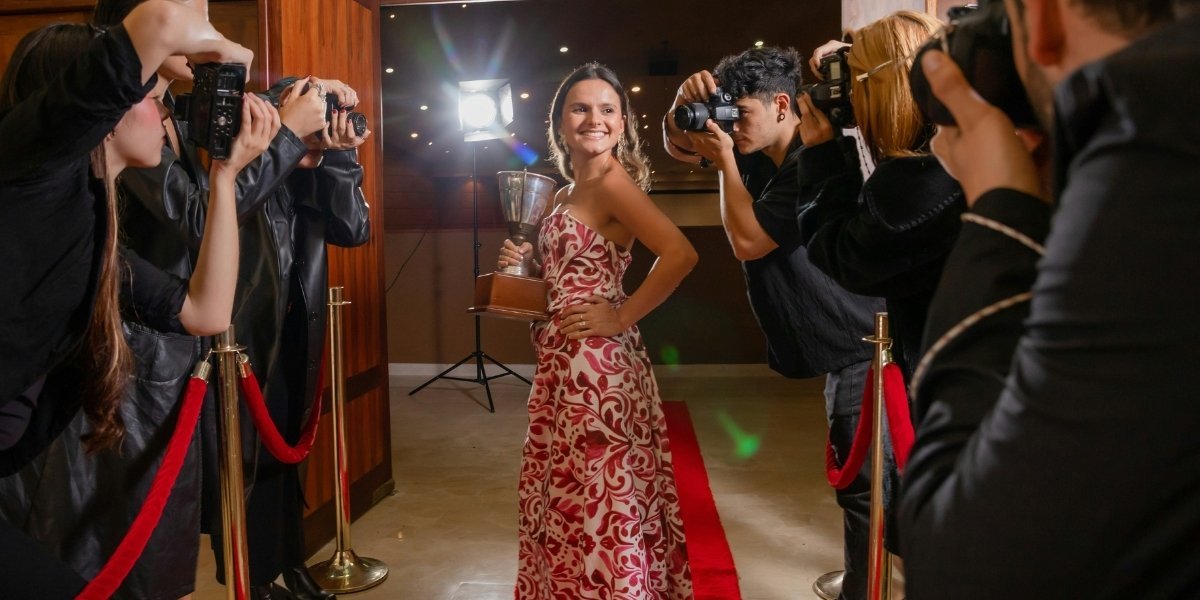Designing clothing is much more than just having creative ideas — it’s about translating those ideas into something tangible. A key aspect of improving as a designer is making time for regular practice. This doesn’t mean you have to create an entire collection overnight. Instead, it’s about building the habit of sketching your ideas frequently and learning from the process. The more you sketch, the more you’ll notice your ideas evolving, and your ability to visualize garments will sharpen.
Once you have a solid foundation with your sketches, the next step is experimenting with different fabrics. Fabrics are at the heart of every garment, and understanding how they move, stretch, or fold can make a significant difference in how your designs come to life. If you’ve never worked with a specific fabric before, try making a simple garment to see how it behaves. This hands-on experimentation will help you learn about the possibilities and limitations of different materials.
As you work through these projects, don’t hesitate to make mistakes. Fashion design is an art form, and sometimes the best ideas come from unexpected errors. By embracing your learning process, you’ll naturally start improving your ability to think creatively and solve problems — essential skills for any designer.
How Can You Learn Fashion Techniques More Efficiently?
Beyond practice, there are many resources available to help you learn specific techniques and improve your fashion design skills. One of the most accessible options today is online courses. Websites like Skillshare and Coursera offer courses on everything from basic sewing techniques to more advanced subjects like draping, pattern making, and even digital design software. These courses can be a great way to pick up new skills at your own pace.
Workshops are another excellent way to develop your skills. Many local fashion schools and studios offer short-term workshops that focus on hands-on techniques, allowing you to learn in a more interactive setting. Whether it’s a one-day session on garment construction or a week-long course on fabric manipulation, these experiences provide practical knowledge and the opportunity to ask questions from experienced professionals.
Another way to improve your techniques is to analyze the work of other designers. Take time to study fashion shows, read books about iconic designers, or visit exhibitions that showcase high-fashion garments. By understanding the thought processes and techniques behind some of the most celebrated designs, you can gain valuable insight into how to approach your own work. You might even find inspiration from areas outside of fashion, such as architecture or fine art, to spark new ideas.
Why Is Experimenting and Building a Portfolio Important?
No matter how many courses you take or workshops you attend, the most significant learning happens when you apply what you’ve learned. As you gain more experience, start building a portfolio of your work. This portfolio should showcase a variety of skills, from sketching to fabric experimentation, garment construction, and digital design. Not only will this be useful for future career opportunities, but it will also act as a visual record of your growth as a designer.
When creating your portfolio, try to include pieces that represent experimentation. While it’s essential to demonstrate core skills, like pattern drafting and garment construction, don’t be afraid to show off your creative side. This might mean trying out bold fabric choices, unusual silhouettes, or innovative techniques that push the boundaries of conventional fashion design. The goal is to show that you’re not only skilled but also willing to explore new concepts.
In addition to creating a physical portfolio, many designers are now turning to digital portfolios as a way to showcase their work. Platforms like Instagram and Pinterest can be effective tools for sharing your designs with a broader audience and gaining feedback. By consistently updating your portfolio online, you create opportunities for networking, collaboration, and even job offers.
For those who want to take their design skills to the next level, gaining hands-on experience through internships or assistant roles in the industry is invaluable. Working under experienced designers allows you to see how professionals approach design, problem-solving, and the production process. These experiences give you insight into the practical side of fashion, from working with production teams to collaborating with stylists and photographers.
Keep Practicing, Keep Growing
Becoming a skilled fashion designer doesn’t happen overnight, but with consistent practice, learning, and experimentation, your skills will continue to improve. Whether you’re sketching new ideas, sewing garments from scratch, or taking online courses to learn more about digital design, each step you take brings you closer to mastering your craft. The key is to remain curious, open to new challenges, and never stop refining your techniques.
Remember, every designer’s journey is different. While some may excel in digital design, others may find their passion in fabric manipulation or couture techniques. By exploring various areas of fashion design and staying committed to growth, you can discover your unique style and develop the skills needed to bring your creative vision to life.










